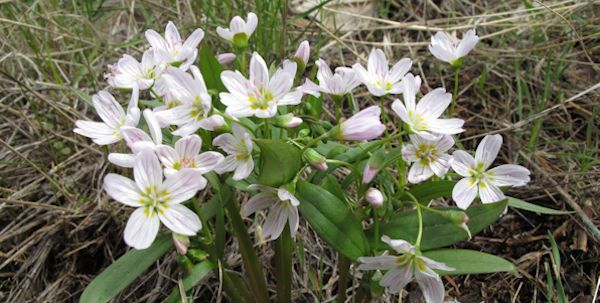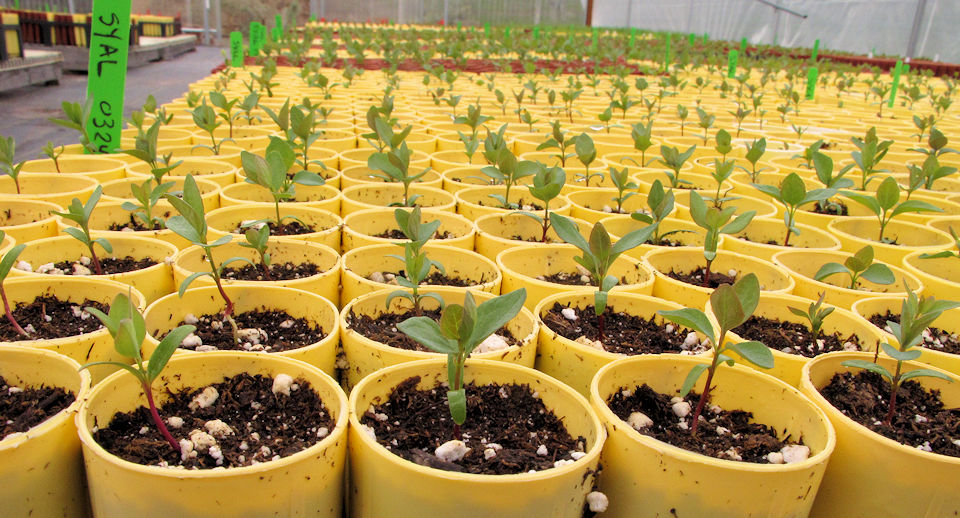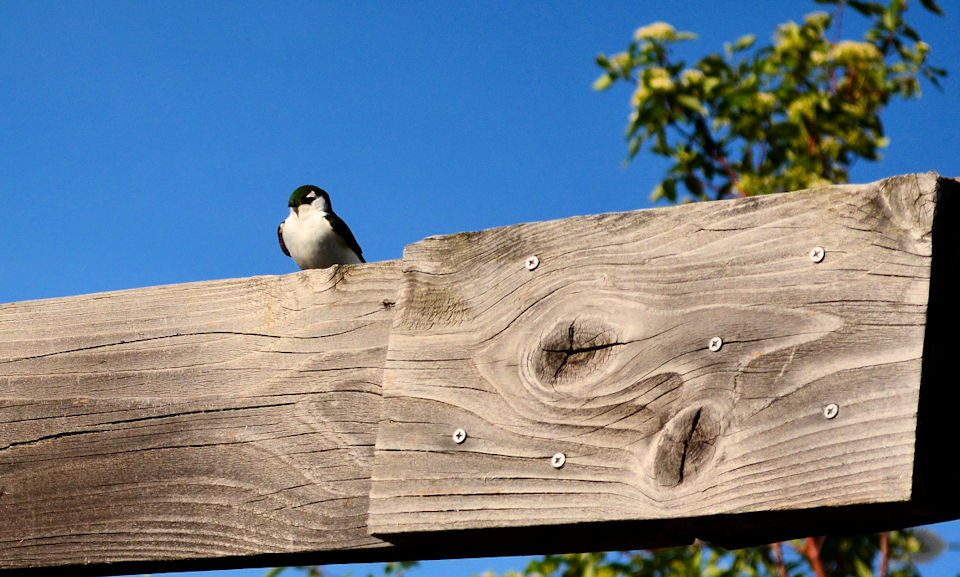Spring beauty in the salad
A welcome sight each spring as we walk up the hill behind the house are the masses of spring beauties (Claytonia lanceolata) that we find. Their flowers can vary in color from almost white to pink, with much of the color coming from the pink to red lines on each petal.
The species name lanceolata refers to the lance-shaped basal leaves; I don’t know who Clayton(ia) was. Because they bloom so early they can’t be picky who pollinates the flowers. Many native bees aren’t up and around so early, so the flowers’ open structure makes it easier for generalist pollinators, including flies and beetles, to work them and transfer pollen. Flies can operate at lower temperatures than most bees and on a recent 50F day I saw a syrphid fly moving among the spring beauty flowers.
These members of the Montiaceae (formerly Portulacaceae), or Purslane family, are some of the very first to bloom each year. Other species from this family are among the most showy wildflowers of our area (including the Lewisias!) Spring beauties grow up each year from a spherical corm that lies many inches below the soil surface. I read that this root structure is pretty tasty, like potatoes, and that Native Americans in the interior Northwest harvested them in early summer as a ready source of carbohydrates (hence another common name, Indian potato). In my limited experience digging for the corms I’ve not found one bigger than a marble, so it took some work getting the harvest in. Our family enjoys spring beauties in a green salad each spring, the leaves, stems and flowers all providing a succulent addition to other greens (as well as vitamins A and C).


